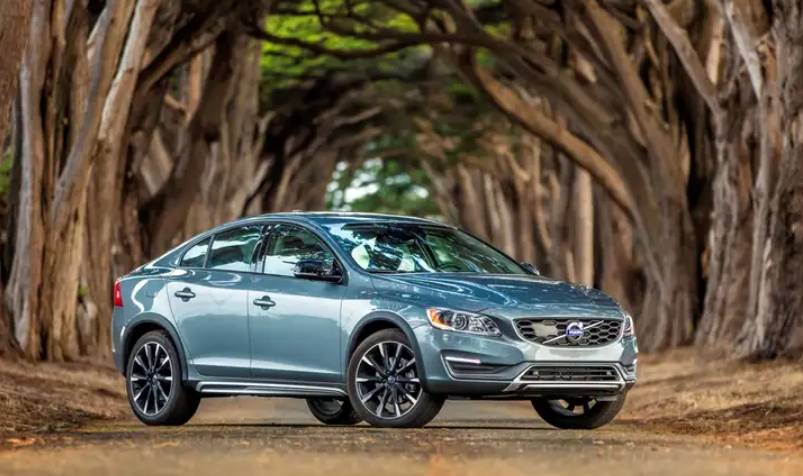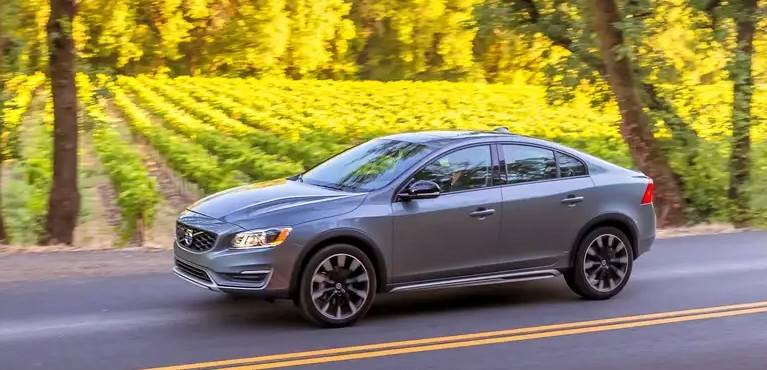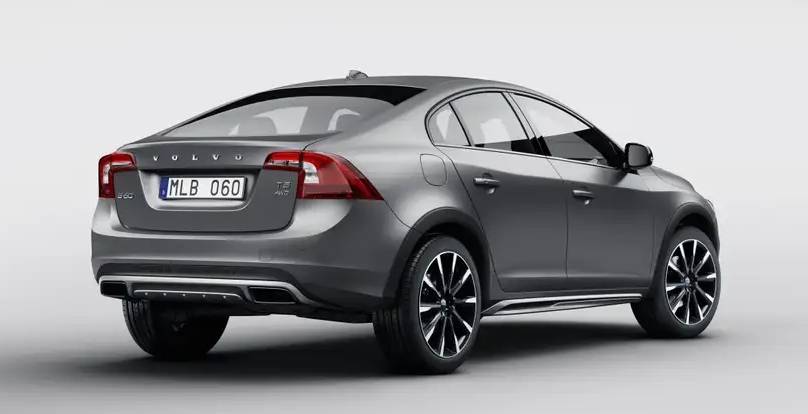The Rise and Fall of the Volvo S60 Cross Country

The introduction of the Volvo S60 Cross Country in 2016 was an attempt by Volvo to create a crossover vehicle that blended elements of a sedan and an SUV. However, this model failed to gain much traction in the market, leading to its eventual discontinuation. In this article, we’ll take a closer look at the S60 Cross Country and explore the reasons behind its failure.
The Background
Sedan sales have been decreasing for several years, while SUVs and crossovers have gained immense popularity in the US. Despite this, some car brands continue to produce sedans and occasionally attempt to expand their appeal by creating something unique that appeals to more buyers. That’s precisely what Volvo did with the S60 Cross Country.
The Concept
The idea of raising the ride height of a sedan to make it look like an SUV is not a new one. AMC did it with the Eagle line in the early 1980s, while Subaru did it with the Legacy Outback sedan in the late 1990s. Currently, Toyota is experimenting with this concept with the Crown. Although it may seem new and different to some, it was a bit strange for Volvo to attempt it in the 2010s, considering the state of the company and its existing lineup at that time.
The Success of Volvo’s Cross Country Range

Volvo had not offered any SUV or crossover vehicles in the U.S. despite their growing popularity for several years. To cater to potential 4×4 buyers, the company released its first Cross Country model in 1997, the V70 XC. This model was essentially a wagon version of the V70, raised up with unique exterior trims and unpainted black plastic body cladding. The success of the V70 Cross Country can be attributed to the fact that it was a wagon, not just an SUV with higher ground clearance.
The S60 Cross Country
In an unexpected move for the 2016 model year, Volvo decided to introduce a sedan with a Cross Country makeover. The S60 Cross Country was built on the second-generation S60 sedan, which still used a Ford-designed platform that was introduced a decade earlier. The ride height was increased and black fender extensions were added. Other features included all-wheel drive, front and rear skid plates, and hill descent control.
Drawbacks

The changes that came with the S60 Cross Country made it unique, but they also brought about some drawbacks. The raised ride height offered easy entry and an SUV-like view of the road, but it negatively affected handling. Additionally, the inline-5 engine, which was dated and on its way out, was only replaced with a modern 2.0-liter turbo four-cylinder in the last model year of S60 Cross Country production.
Practicality and Pricing
Another issue with the S60 Cross Country was its practicality. While buyers may have imagined using it for outdoor adventures, the sedan’s trunk only provided 12 cubic feet of storage space. The pricing of the S60 Cross Country was not favorable either. Despite being cheaper than the V60 Cross Country, the price difference was negligible.
Sales and Discontinuation

Volvo was aware that the S60 Cross Country wouldn’t be a hit with consumers. Initially, the company only intended to bring 500 units to the U.S. for the first year of production in 2016, but it ended up selling 1,887. However, sales declined every year thereafter, with just 312 sold in 2017 and only 203 in 2018, including a single sale in December of that year.
Conclusion
The fate of the S60 Cross Country could serve as a cautionary tale for the Toyota Crown.
